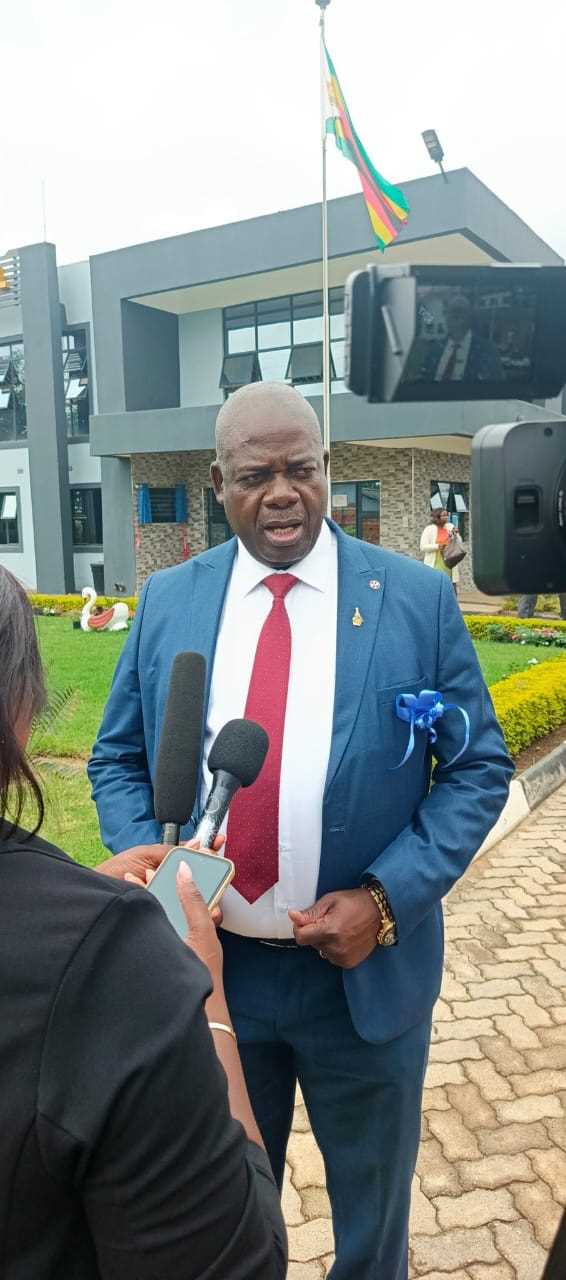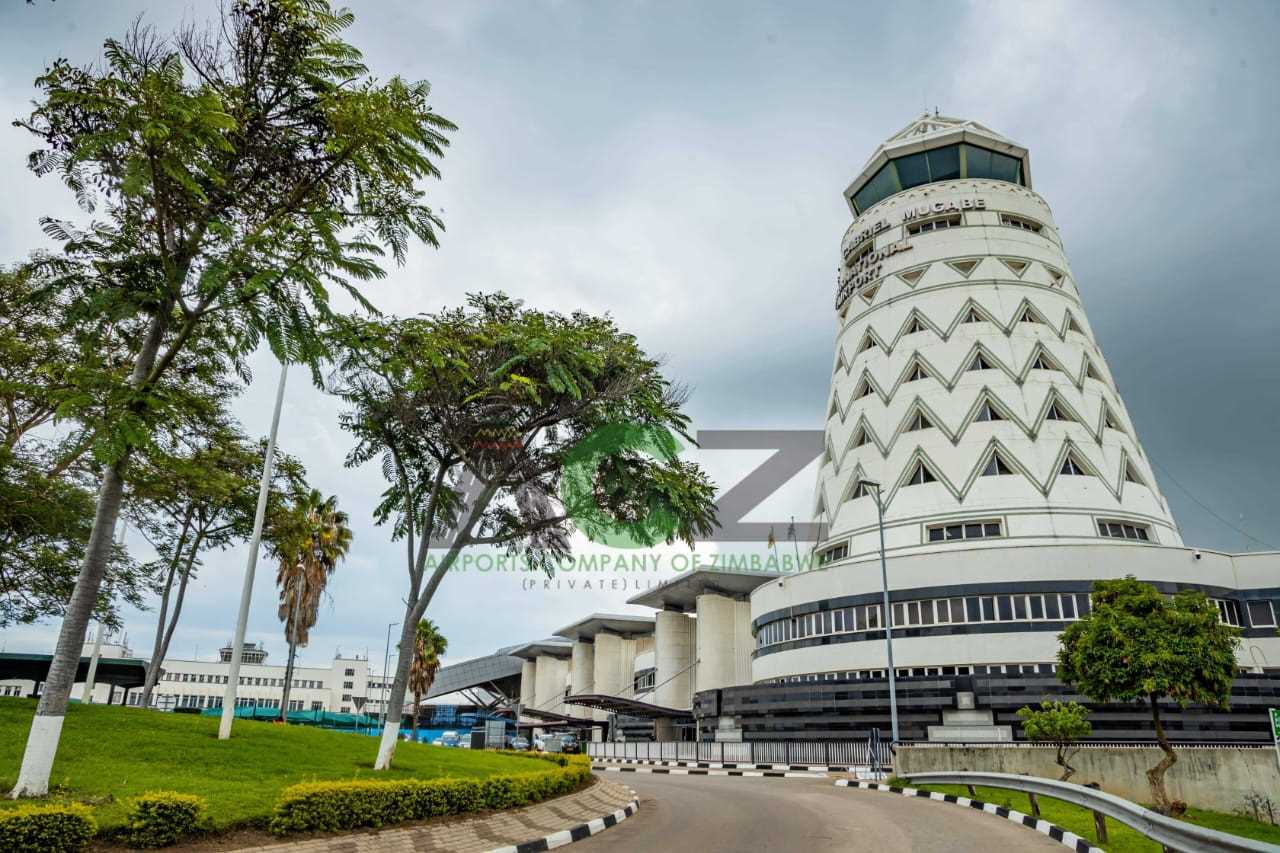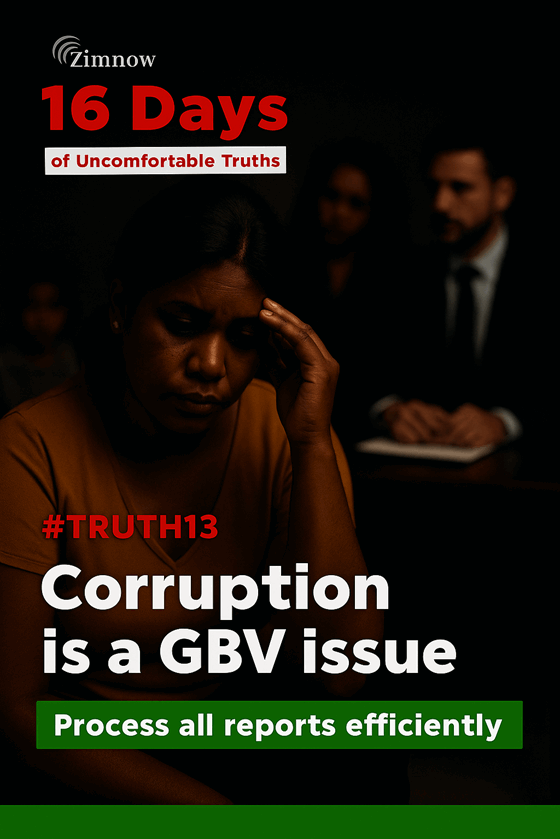
Nyashadzashe Ndoro- Chief Reporter
The Zimbabwean government has yet to publicly disclose the initial valuation of assets held under the Mutapa Investment Fund, formerly known as the Sovereign Wealth Fund, raising concerns about transparency and accountability, Zim Now can report.
This lack of clarity comes amid reported inconsistencies in asset valuations and legislative changes that have reduced parliamentary oversight of the sovereign wealth fund.
The MIF was restructured through Statutory Instrument 156 of 2023, consolidating the government’s shareholdings in numerous state-owned enterprises and other entities. These include major companies across sectors such as mining, transportation, energy, agriculture, telecommunications, finance, and industry.
Among the entities under the MIF are Kuvimba Mining House and Defold Mine in the mining sector; ZUPCO, National Railways of Zimbabwe Holdings, NRZ Ltd, and Air Zimbabwe in transportation; Zimbabwe Power Company, National Oil Company of Zimbabwe, Petrotrade, Powertel, and Hwange Colliery in the energy sector; Silo Investments, ARDA Seeds, Cottco, and AFC Limited in agriculture; NetOne Cellular, TelOne, and Telecel Zimbabwe in telecommunications; POSB in finance; and Cold Storage Commission, Allied Timbers, and the Industrial Development Corporation in the industrial sector.
President Emmerson Mnangagwa holds the power to unilaterally add or remove entities from this list.
Questions regarding the fund’s valuation intensified following reports in April 2024 that the MIF acquired the remaining shares of Kuvimba Mining House from private investors for US$1.6 billion, reportedly using treasury bills.
This transaction has drawn scrutiny due to perceived discrepancies with the US$16 billion overall valuation reportedly attributed to the MIF’s assets. Critics argue that the substantial buyout of a single subsidiary raises questions about the basis and accuracy of the broader valuation.
During a parliamentary session last Thursday, Senator Moses Manyengavana sought clarity on the fund’s financial strength at its inception and its current value, emphasizing the public’s right to know how national assets are being managed.
However, Justice Minister Ziyambi Ziyambi, speaking on behalf of the government, said the MIF is still in the process of quantifying the value of the companies under its purview. He explained that the fund is conducting its own audits to establish a comprehensive valuation, rather than relying on historical data from when the entities were managed separately.
Senator Sesel Zvidzai further pressed the minister on whether the government was unaware of the fund’s initial financial position at its inception. Minister Ziyambi denied this, stating that the companies were previously administered separately and the MIF is now consolidating their valuations. He added that evaluators had been engaged to determine the current value of the holdings.
Related Stories
“I said the fund—these were separate companies administered differently—are now under one roof,” the Minister stated. “So, the company has to do an audit for itself, not to rely on others, using the information that they inherit. Then they should be able to say: this is the current status of the company, these are our liabilities, these are our assets, and come up with the true value. They have engaged evaluators to produce current data—not just rely on what existed within the individual settings of the companies.”
Despite these assurances, Senator Manyengavana expressed dissatisfaction with the absence of a clear timeframe for when the valuation would be made public, noting that these companies have existed for a long time and the public deserves to know the total value of assets now under the MIF.
In response, Minister Ziyambi said information on the individual companies is publicly available, implying that interested parties could piece together a valuation themselves. However, critics have argued that this response fails to provide the consolidated figure that both Parliament and the public are seeking for the MIF as a whole.
Further transparency concerns stem from legislative changes introduced through SI 156 of 2023. These amendments give President Mnangagwa unfettered power to appoint key leadership positions within the MIF, including the CEO and all board members, requiring only consultation with the Minister of Finance—without being bound by the minister's recommendations.
Previously, the Minister of Finance held the authority to appoint the board. Critics argue that this concentration of power in the President’s hands—especially given past concerns about corporate governance and nepotism in public appointments—increases the risk of mismanagement and abuse of state resources.
Additionally, the amended legislation removes the requirement for the MIF board to table quarterly reports before Parliament. Instead, reports are now submitted only to the President and the Minister of Finance, effectively limiting parliamentary oversight and public scrutiny of the fund’s operations and investments. This lack of transparency has sparked fears that potential looting and abuse of the fund’s assets could go undetected.
Another contentious provision in SI 156 of 2023 grants the MIF unrestricted rights to transfer and externalize foreign currency related to its investments, without being subject to Zimbabwe’s stringent exchange control laws that apply to other sectors. This exemption has been described as arbitrary and prone to abuse, raising further concerns about illicit financial flows.
The government’s inability to readily disclose the initial value of the Mutapa Investment Fund, along with legislative changes that limit transparency and oversight, is likely to fuel public anxiety regarding the management of Zimbabwe’s national assets.
Meanwhile, Zimbabwe’s public debt has ballooned from US$17 billion in December 2023 to over US$21 billion—an increase largely attributed to the recapitalization of the MIF.
The government injected US$1.9 billion into the fund and facilitated the MIF’s purchase of a 35 percent shareholding in Kuvimba for US$1.6 billion.
These two transactions, totaling US$3.5 billion, are the primary drivers behind the reported surge in Zimbabwe’s public debt.



















Leave Comments